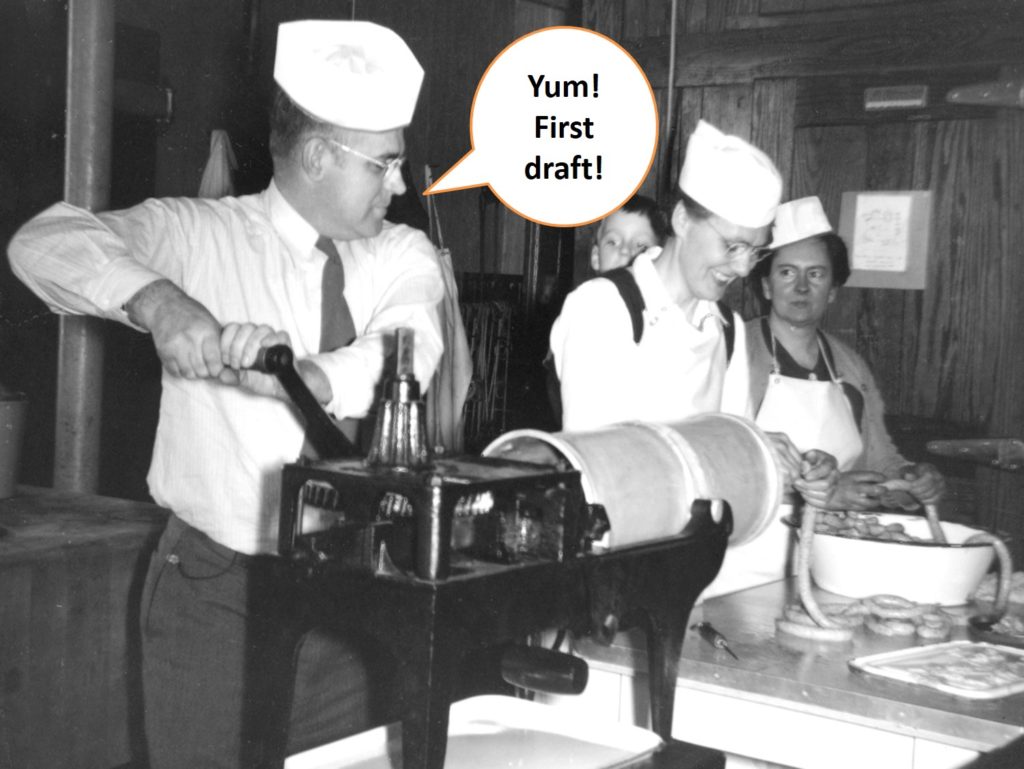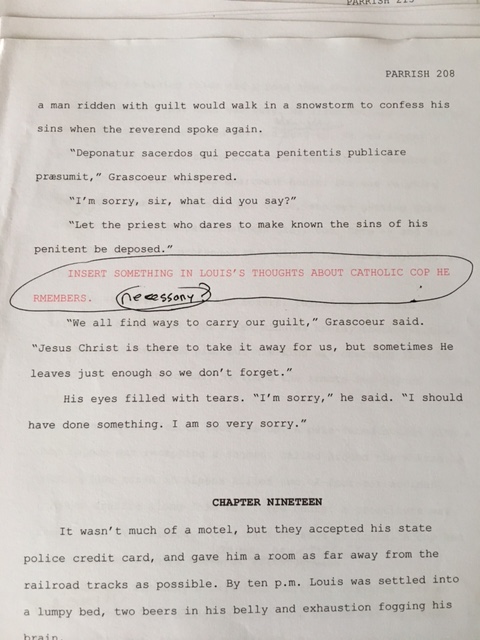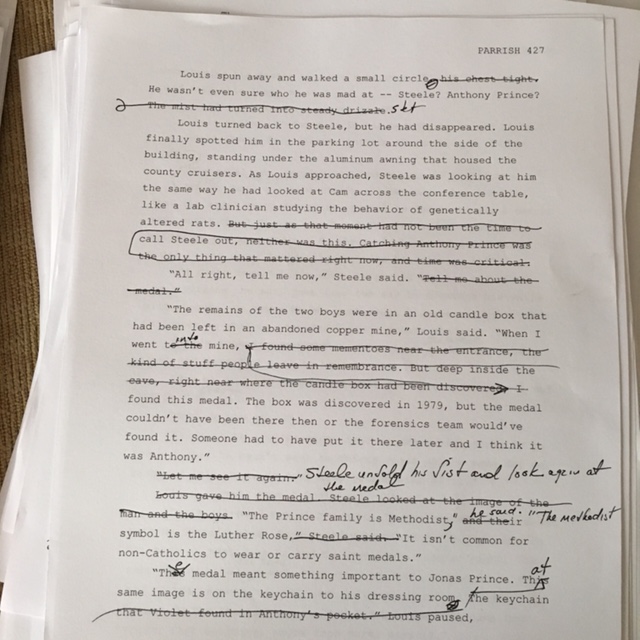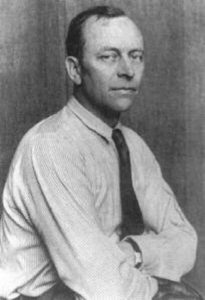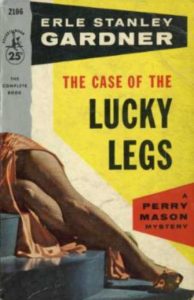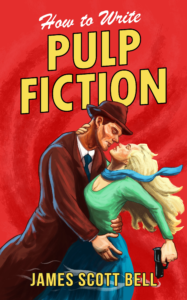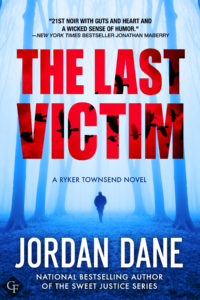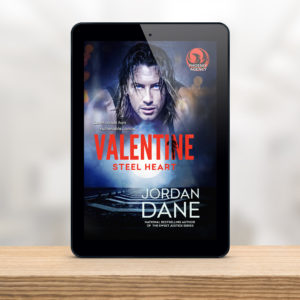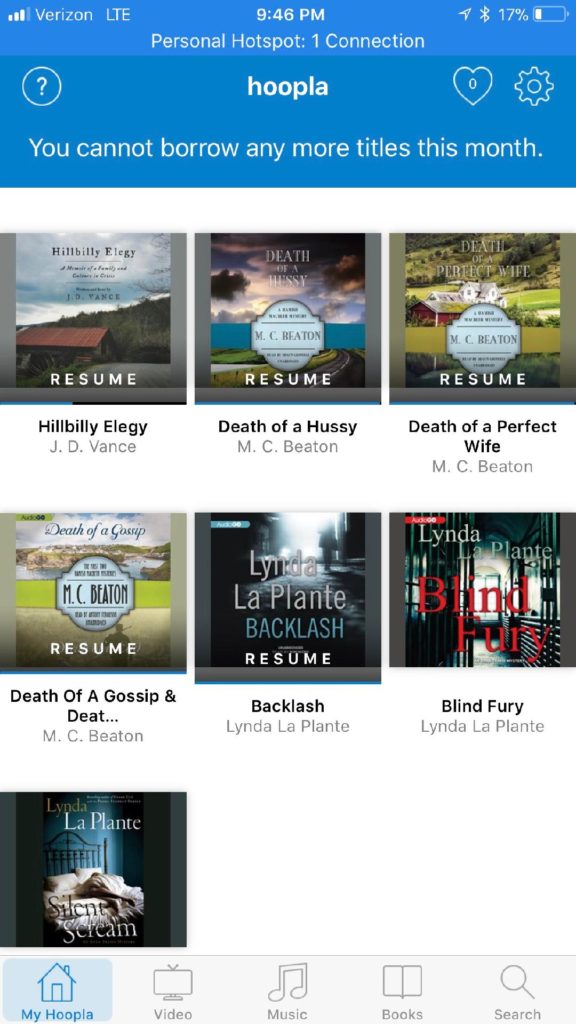Let’s go right to the piece submitted by our brave writer, and I’ll see you on the other side.
INDIANNER
CHAPTER ONE
Megan’s long nails played across the keyboard. Click. Click. Click. Acrylic on plastic keys. She paused, staring at the poster hanging above her computer. Grabbing a black marker, she leaned over her monitor and circled the faces of the three Native Americans dressed in traditional regalia. Circled their faces until she wore a hole in the paper. Around her bedroom, posters of gothic metal bands fought for the remaining wall space. Their dark lyrics appealed to her. She smiled as she glanced around the room at the black-circled faces staring back at her from every corner. A few more words and she was done. Click.
She refocused on the poster with the Native Americans: two women and one man, appearing in a musical performance that night in Frankfurt, Germany, a short walk from Megan’s hometown of Bad Homburg. This was her second time seeing the Navajo singer/songwriter Doli Yazzie in concert. Last time was disappointing; this time Megan was better prepared. She had post-concert passes in her purse, won through a contest held by Doli via her Facebook Fan Page. Megan was fascinated with all things Native American. “Dances with Wolves” and books by German author, Karl Friedrich May, were cult favorites of Germans and other Europeans who followed their own version of the pow wow trail. As popular as the Renaissance Faires in the United States, the teepee camps and Indian pow wows arranged by and for Non-Natives were scheduled throughout the year in Germany and other countries. Megan was an active participant.
Shawnee/Creek flute player, Ella Longhat, and Ella’s husband, Caddo/Shawnee Charlie Longhat, a noted Native film producer and pow wow dancer, were something of an afterthought for her. Took up too much space on the poster, she thought. She was only interested in Doli.
“Megan, come on. We’re waiting on you. Momma says hurry. We’re going to be late.” Her little sister banged on Megan’s locked bedroom door.
“Go away, brat. Leave me alone. I’ll be there in a minute.”
Megan stood up, repositioned her chair, and rearranged her desk, squaring off a stack of paper, realigning pen and pencil. She glanced back and forth from Doli’s poster to her full-length mirror as she dressed in black pants and black t-shirt, the same way Doli dressed for concerts. Megan imagined herself looking like Doli, but Megan was a large girl, nearer to woman than child, a recent high school graduate working at a local American fast-food franchise. She brushed her dyed black hair, muttering as she covered a lighter section with a green parrot feather, and applied blush and lipstick to her pale face. Glancing one more time at her reflection, the poster, and a final time at her reflection, she joined her mother and two younger sisters. They walked in silence to the concert hall.
=
It’s Gilstrap again.
What a ride, huh? A gripping tale of . . .
Wait. Nothing happened. No, seriously. Nothing. Happened. In 474 words, Megan made circles on posters, thought a lot about music that is entirely unfamiliar to me, and she got dressed. The purpose of this exercise is to learn how to grab readers’ attention with exciting prose that is worthy of the single most valuable patch of real estate any book can have.
Whether writing a thriller, a mystery, a romance or a literary novel, something needs to happen that will engage the reader. The first paragraph needs to make us hungry for the second paragraph. Ditto the first page for the second page. This piece disappoints at every level.
Now, let’s talk about the writing itself, which feels young to me, and is not without promise. Here’s the first paragraph again, but annotated:
Megan’s long nails played across the keyboard. Click. Click. Click. As written, the nails are acting independently. I would prefer that Megan drives the action: Megan played her fingers across the keyboard, acrylic nails against plastic keys. The “click <period>” construction plays as very slow typing. If that is the writer’s intent, then fine. But I sense that it is not the intent.
She paused, staring at the poster hanging above her computer. Grabbing a black marker, she leaned over her monitor and circled the faces of the three Native Americans dressed in traditional regalia. There’s nothing wrong with this writing, but the -ing construction of the simultaneous action bothers me. I would write this as separate sentences, restructured to have Megan drive the action: When she paused, she looked up at the poster she’d hung on the wall above her computer screen. It showed three Native Americans in traditional regalia—two women and a man—who’d performed last night just a few miles down the road from Megan’s apartment in Bad Hamburg, a suburb of Frankfurt. Grabbing a black marker, she leaned over her monitor and circled their faces. Then she circled them some more. And more. Until her marker wore a hole in the paper. Until those faces looked like all the other faces on all the other posters on her walls.
I don’t mean to presume to rewrite your piece, but I just combined two paragraphs into a few sentences, and while there’s still no action, there’s a sense of weirdness that I think is kind of cool.
All of the esoterica about the music and what she likes and what she doesn’t needs to be deleted, or at the very least moved elsewhere in the story. Too many names come flying at the reader too quickly, and it’s confusing. They call that stuff backstory for a reason—because it belongs in the back of the piece. Certainly not the first page.
Finally, avoid the urge to be coy with your reader. Specifics bring us into the story. Her little sister has a name, so use it. If you mean McDonald’s, don’t say, “American fast-food franchise.”
What say you, TKZ?

